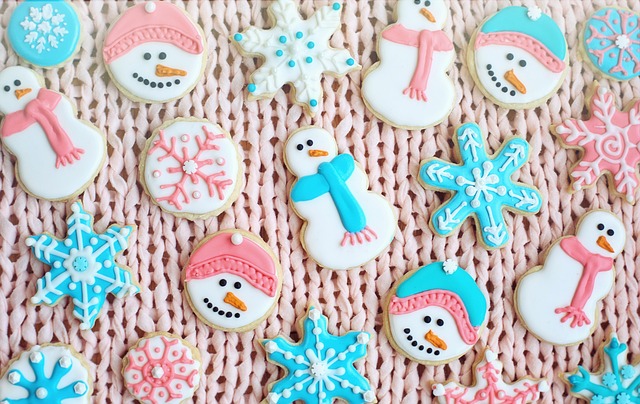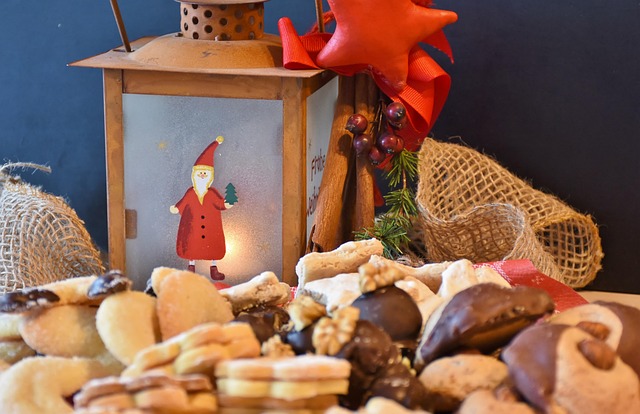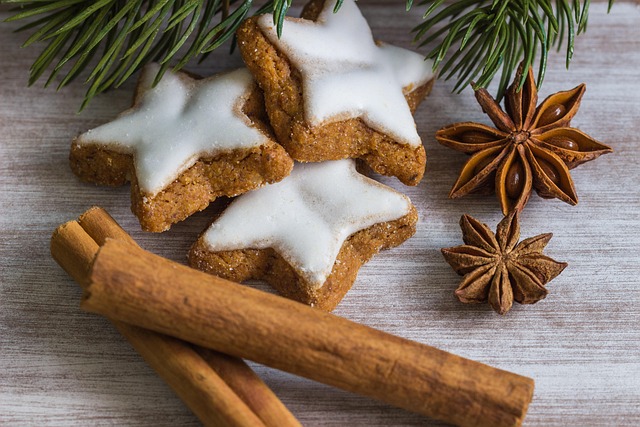Bakers utilize royal icing, made from powdered sugar, water, and optional additives, to craft exquisite, personalized custom cookies with intricate designs. The right tools, including piping tips, bags, templates, and cookie cutters, enhance the process. Adjusting icing consistency allows for various textures, catering to different design preferences. Stenciling, flooding, and dropping are advanced techniques that enable detailed patterns and unique motifs. Mastering these methods results in stunning custom cookies suitable for weddings, gifts, and other special occasions.
Unleash your creativity with royal icing techniques and transform ordinary cookies into stunning works of art! This comprehensive guide explores the world of custom cookie decorating. From understanding the basics and essential tools to advanced techniques like stenciling, flooding, piping, and swirling, you’ll master versatility in icing. Learn how to achieve smooth consistency for intricate patterns and design unique cookies that are sure to impress. Elevate your baking game with these royal icing secrets and create bespoke treats fit for any occasion.
- Understanding Royal Icing: Basics and Benefits
- Essential Tools for Masterful Royal Icing
- Creating Different Consistencies for Versatile Decorating
- Stenciling Techniques for Custom Cookie Designs
- Flooding and Dropping for Intricate Patterns
- Advanced Techniques: Piping, Swirling, and More
- Tips for Achieving Smoothness and Consistency
Understanding Royal Icing: Basics and Benefits
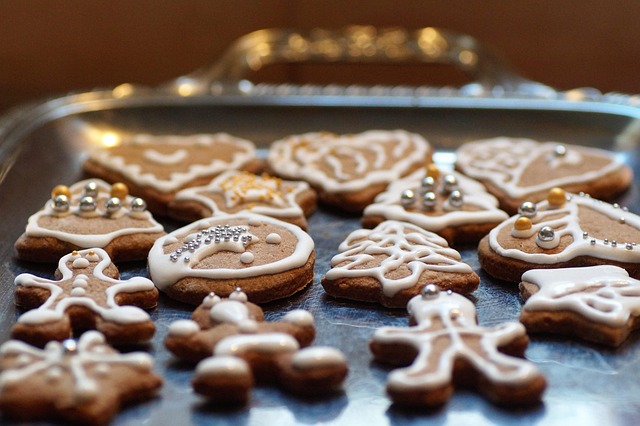
Royal icing is a versatile and essential tool in the world of cookie decoration, offering endless possibilities for creating stunning custom cookies. This icing type consists of powdered sugar, water, and often meringue powder or albumen, resulting in a smooth, glossy finish when spread onto baked goods. One of its key advantages is its ability to harden, allowing intricate designs to set firmly, making them long-lasting and suitable for various occasions.
By mastering royal icing techniques, bakers can achieve precise details, from delicate lines and swirls to complex patterns. It’s an excellent choice for creating personalized cookies, as it adheres well to most surfaces and sets quickly, ensuring your designs remain intact. Whether decorating wedding cakes or crafting unique gifts, royal icing offers both aesthetic appeal and structural integrity, making it a go-to option for many bakers looking to elevate their custom cookie creations.
Essential Tools for Masterful Royal Icing
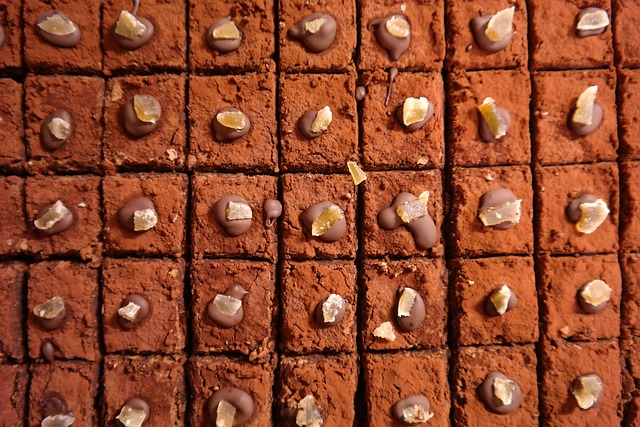
Creating beautiful custom cookies with royal icing is an art, and like any craft, the right tools can elevate your skills to new heights. For aspiring cookie decorators, investing in a few essential items will make the process smoother and more enjoyable. First, you’ll need a selection of tips designed for piping royal icing; these come in various shapes and sizes, allowing you to create intricate designs and patterns on your cookies. A high-quality piping bag, typically made of silicone or plastic, is another must-have; it ensures control over the icing flow, enabling precise and clean lines.
Additionally, a steady hand and fine motor control are aided by a template guide—a handy tool that provides templates for popular designs, making it easier to trace and pipe intricate details. For an even and smooth finish, a cookie peel or spatula is essential to lift and transfer your baked goods without damaging the delicate icing. Lastly, consider having a variety of cookie cutters in different shapes and sizes on hand; these are perfect for creating uniform cookies that can be decorated with royal icing to suit any occasion.
Creating Different Consistencies for Versatile Decorating
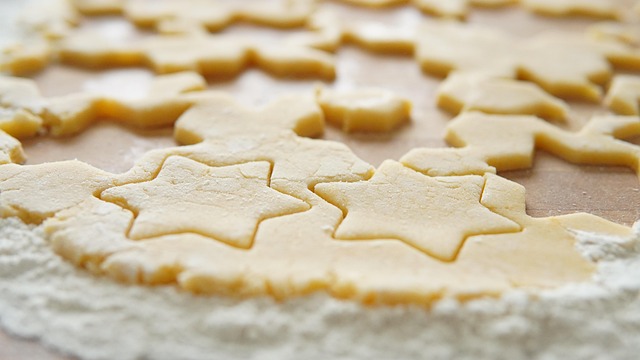
Creating different consistencies of royal icing is a fundamental skill for any baker looking to decorate custom cookies. By adjusting the ratio of icing sugar, water, and sometimes lemon juice or meringue powder, you can achieve textures ranging from thick and smooth to thin and delicate. This versatility allows you to create intricate designs, fill cookies with cream, or simply add a drizzling effect for a more casual look.
For example, a slightly runnier consistency is ideal for outlining cookie shapes, while a stiffer icing can be used for detailed piping and swirls. Practicing with different recipes and consistencies will enable you to craft exquisite custom cookies that wow both novice and experienced palates.
Stenciling Techniques for Custom Cookie Designs
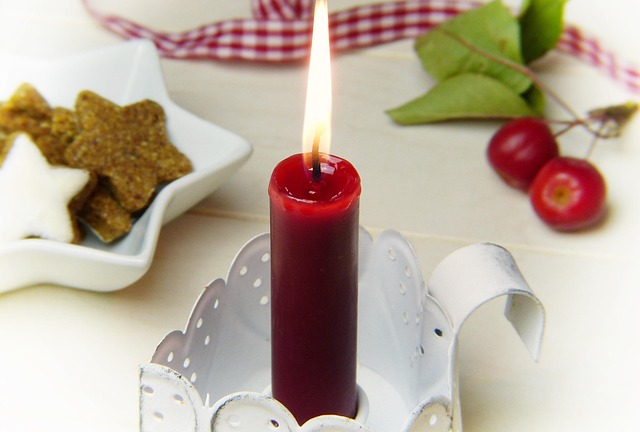
Stenciling is a fantastic technique to achieve intricate and custom cookie designs. It involves placing a stencil over your cookie dough, then piping royal icing through the openings to create detailed patterns or letters. This method allows for precise control over the design, making it perfect for creating monograms, names, or unique motifs. By using different stencils, you can easily vary the complexity and style of your custom cookies, offering endless creative possibilities.
For best results, choose high-quality stencils made from sturdy materials like metal or plastic to ensure they last through multiple uses. Pre-baking your cookie dough to a light golden brown provides an ideal surface for stenciling, as it sets the shape while keeping the icing from seeping into any imperfections. This preparation step ensures crisp lines and clean edges when applying the royal icing.
Flooding and Dropping for Intricate Patterns
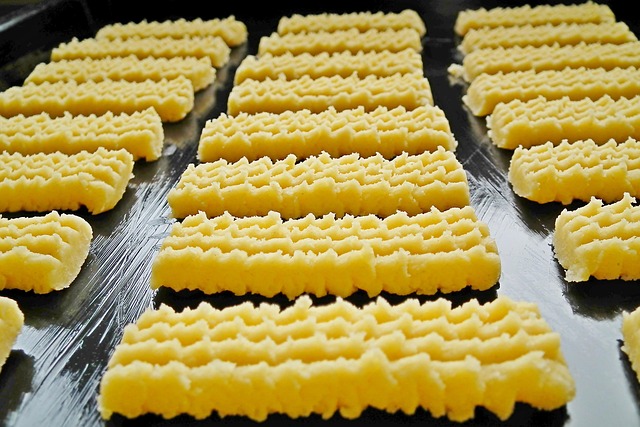
Flooding and dropping are advanced royal icing techniques that allow for intricate and detailed designs on custom cookies. The flooding technique involves thoroughly coating a cookie with a thin layer of icing, often in a solid color, to create a smooth base. This step is crucial for achieving fine lines and patterns later on. Once the flood ice has set, artists use a fine tip or spoon to drop small amounts of contrasting icing onto the surface, carefully tracing out desired motifs or creating textural effects.
This method allows for intricate floral designs, elegant swirls, or even delicate lace-like patterns. The dropping technique requires precision and patience but results in breathtakingly beautiful custom cookies. By controlling the flow and placement of each droplet, bakers can craft one-of-a-kind creations that stand out, making them perfect for special occasions and gift-giving.
Advanced Techniques: Piping, Swirling, and More
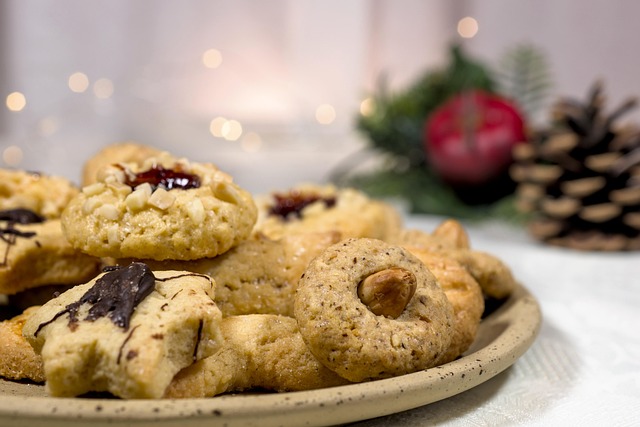
In the realm of royal icing artistry, advanced techniques elevate custom cookies from simple treats to breathtaking masterpieces. Piping, for instance, allows bakers to create intricate patterns and designs by precisely controlling the flow of icing through specialized nozzles. This technique is particularly stunning when used to outline complex shapes or spell out personalized messages on biscuits.
Beyond piping, swirling adds another dimension to royal icing’s versatility. By rotating the bag while applying pressure, artists can achieve beautiful, dynamic patterns that captivate the eye. Advanced techniques like these empower bakers to express their creativity, offering endless possibilities for designing unique and visually appealing custom cookies that leave a lasting impression.
Tips for Achieving Smoothness and Consistency
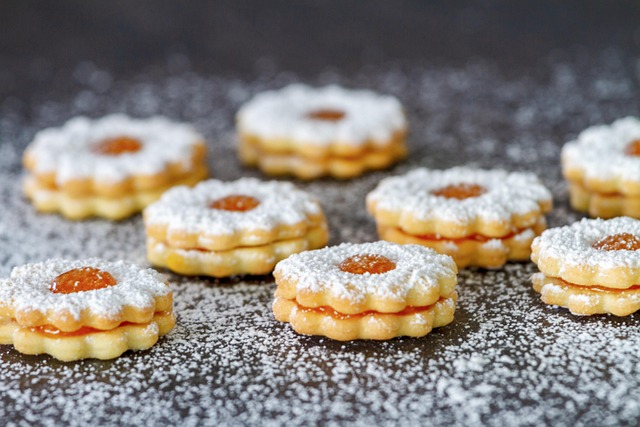
To achieve smooth and consistent royal icing for your custom cookies, start by ensuring your ingredients are at room temperature. This helps prevent lumps from forming in your icing, resulting in a sleek finish. Next, use a stand mixer with a clean whisk attachment to beat the icing thoroughly. Begin on a low speed to combine the ingredients, then gradually increase to medium-high speed for about 3-5 minutes, until it becomes light and fluffy.
Regularly scrape down the sides of the bowl to prevent icings from sticking, and be mindful not to overmix. Overbeaten icing can separate, leading to a grainy texture. For best results, allow your icing to rest for a few minutes before using it, as this allows any air bubbles to rise to the surface, contributing to its smoothness and stability.
